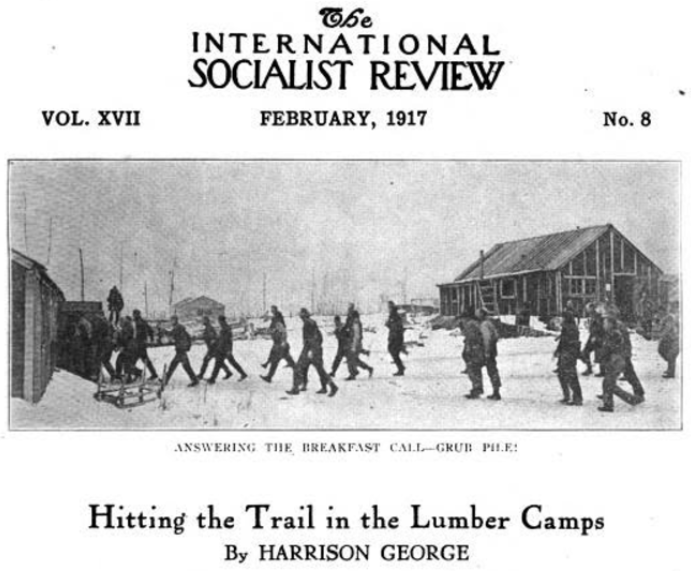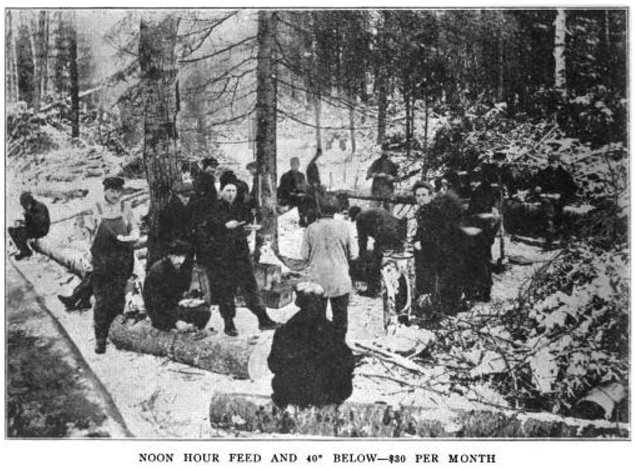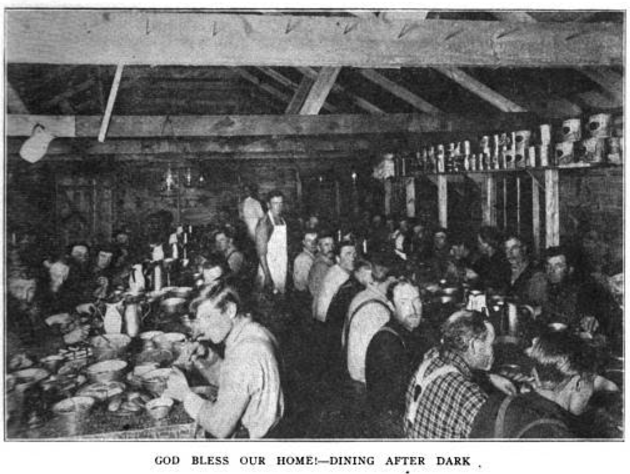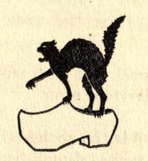The camps are deserted, the strikers firm,
the bosses wild and the cat sits on
every log that straggles thru
to the mills of Minnesota.
-Harrison George
Hellraisers Journal, Thursday February 1, 1917
Northern Minnesota – Lumber Workers Fight for Dignity
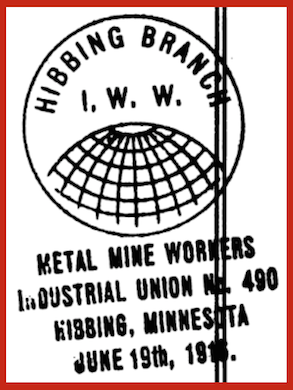
The Duluth News Tribune could not contain its glee when the Mesabi Iron Miners’ Strike was defeated last December and the I. W. W. organizers bid the workers of the Range good-bye. So imagine then the surprise when less than two weeks later the Industrial Workers of the World again appeared on the Range, this time to organize under the leadership of “Timber Beast” Jack Beaton and Fellow Worker Charles Jacobson, Secretary of the Virginia L. U. A meeting was held in the Finnish Socialist Hall of Virginia, demands issued, and soon a strike was on at the two sawmills and in the lumber camps of the Virginia & Rainy Lumber Company.
From the International Socialist Review of February 1917:
WHILE the Lumber Workers’ Union, the bull-pen of the Industrial Workers of the World, was in convention at Portland, Ore., during the last week of December, the rumblings of revolt began half way across the continent among workers of that industry in Minnesota.
North and westward of the Mesaba Iron Range lies millions of acres of swamp lands. In the primeval state, these swamps were covered with magnificent forests where roamed the Indian and the fur-bearing fox, bear and beaver. In this section John Jacob Astor’s fur business in the early times laid the base of the present Astor-crat fortune. A very simple process—the Indians skinned the animals and Astor skinned the Indians.
Later huge land grants the railroads secured by bribery and worse practices, opened the forests to the pillage of the Lumber Trust. Where the government yet retained title to timber lands, the lumber trust in open defiance simply entered and stole the finest of timber and used the political axe on all annoying officials.
It has remained for the I. W. W. with a battle line extended from the Pacific Ocean to the Great Lakes to shake Weyerhauser’s control to its foundation. With the success of the A. W. O. No. 400 the past summer a strenuous campaign began among the lumber workers. Oregon, Washington, Idaho, Montana, Wisconsin and Minnesota are the states where the lumber camps began to be thoroly decorated with “wobbly” stickerettes and dotted with job delegates.
Result was that when a flying squad from Virginia, Minn., brought news to the north woods camps that the sawmill men were on strike under the banner of the ONE BIG UNION, nearly four thousand lumber jacks came pell-mell out of the woods as though driven out by a forest fire. “Strike! Strike!” was the word that flew from camp to camp, and STRIKE they did—industrially—the winning program.
When the warm weather thaws the swamps no logging can be done and the lumber barons driven to the wall are threatened with a loss of millions. With the camps deserted, the sawmills and paper mills are losing fortunes every week. The largest paper mill in the world at International Falls is now on the edge of a shut down and the great metropolitan dailies may be compelled to boil down their lies into less space.
The strike broke on Dec. 28th, when the mill men of the Virginia Rainey Lake Company demanded a 25 cent raise and abolition of Sunday work. The jacks on coming out, demanded a minimum wage of $40 per month, a nine-hour day, with an hour for dinner to be eaten at camp and not in a snowdrift; sanitary camps, two weeks pay-day and no hospital fee. They are fighting together for these demands and neither millmen nor lumber-jacks will go back until the demands of both are granted.
“SHOOT TO KILL.”
With gunmen borrowed from the steel trust the bosses are using the extremes of violence to drive the jacks back to the slave-pens. Wild with rage, E. W. Backus, of the Backus Brooks Co., said that if militia was not given him, “There might be more hunters and trappers in the woods with guns.” “Shoot to kill” was the order issued to the deputies sent to the strike zone by the sheriffs of three counties. Twenty-two workers are jailed at Saugus charged with commandeering a train in order to escape from the camps. Fifty-three at Virginia were arrested for intimidating scabs. Charles Jacobson, secretary of Mesaba Range Miners’ Union, I. W. W. No. 490, was ordered by the police to leave Virginia, the town where he was born. Governor Burnquist, remembering the storm that broke around his ears when he played the steel trust game last summer, has so far refused to call out the militia.
Company F, of Virginia, was asked on Dec. 30 to volunteer to go to the woods. Only one man responded. Doing sentry duty for Weyerhauser at 40 below was too much for the patriotism of the boys just returned from the sun-baked deserts of the Mexican line.
It is a habit with the companies to hire jacks for $40 and pay them off at $30. Conditions in the camps are described by a jack, who said he was not an I. W. W., as being beyond the limit of endurance.
More than 200 of us slept in one big room, with a roaring stove in the middle, around which all our wet and stinking clothes were hung. We slept two in a bunk and there were three tiers. The steam from the clothes was so heavy that our blankets were wet and you could hardly see across the room. The bunk-house was never cleaned out. In most of the camps the bedding is alive with lice and vermin.
A be-whiskered, lousy wretch to be fed on garbage and victimized by all the respectables who inhabit the towns of the timber empire, is the way the exploiters regard the lumberjacks.
When the prices rose, the proletarian bean became taboo and its place taken by the humble spud; usually frozen, boiled and fried in succession. Beef of the class known commercially as “number 3 stock,” from which the nutriment has been taken to make beef extract, is the usual “piece de resistance” served a la cockroach.
As the REVIEW goes to press the strike is at its zenith. Gunmen and pickets are facing each other in the towns that lay at the fringe of the timber district. Streets are thronged with the striking jacks and the ONE BIG UNION has gained over two thousand members. The camps are deserted, the strikers firm, the bosses wild and the cat sits on every log that straggles thru to the mills of Minnesota.
[Emphasis and photograph of sabo-cat added.]
SOURCES
The Industrial Workers of the World, 1905-1917
-by Philip S Foner
International Publishers, 1994 (my copy is 1980)
(search with: “rainy lumber”)
https://books.google.com/books?id=qGPtAAAAMAAJ
The International Socialist Review, Volume 17
-Algie Martin Simons, Charles H. Kerr
Charles H. Kerr & Company, 1916
https://books.google.com/books?id=SVRIAAAAYAAJ
ISR February 1917
“Hitting the Trail in the Lumber Camps” by Harrison George
https://books.google.com/books/reader?id=SVRIAAAAYAAJ&printsec=frontcover&output=reader&source=gbs_atb&pg=GBS.PA455
IMAGES
IWW Metal Mine Workers IU No. 490, Hibbing MN, June 19, 1916
https://babel.hathitrust.org/cgi/pt?id=mdp.39015079021849;view=image;size=150;page=root;seq=3;num=1
Lumber Workers, Camp Grub Pile, ISR, Feb 1917
https://books.google.com/books/reader?id=SVRIAAAAYAAJ&printsec=frontcover&output=reader&source=gbs_atb&pg=GBS.PA455
Lumber Workers, Camp Noon Hour, ISR, Feb 1917
https://books.google.com/books/reader?id=SVRIAAAAYAAJ&printsec=frontcover&output=reader&source=gbs_atb&pg=GBS.PA456
Lumber Workers, Camp af Dark, Feb 1917
https://books.google.com/books/reader?id=SVRIAAAAYAAJ&printsec=frontcover&output=reader&source=gbs_atb&pg=GBS.PA457
Sabo Cat, Solidarity Forever, RC’s book
http://archive.org/stream/whenleavescomeou00chapiala#page/28/mode/2up
See also:
The IWW in the Lumber Industry
-by James Rowan, 1920
Chp 4-The Early Struggle for Camp & Sawmill Democracy
http://www.iww.org/history/library/Rowan/lumberindustry/4

